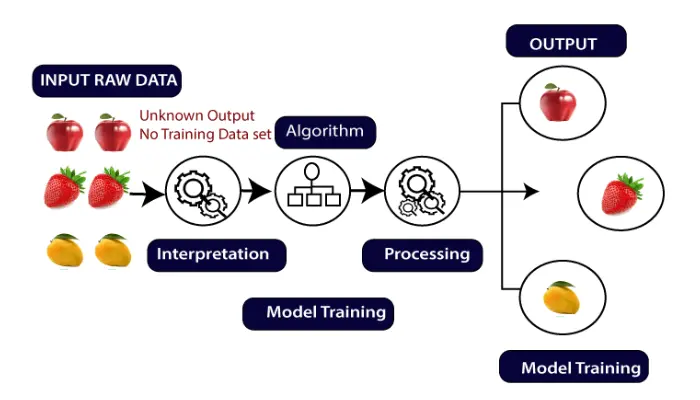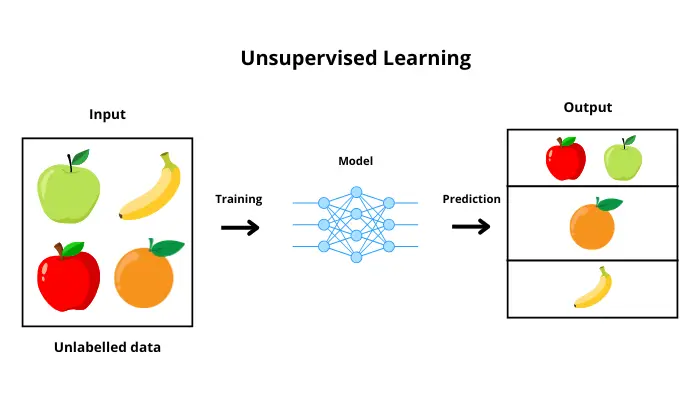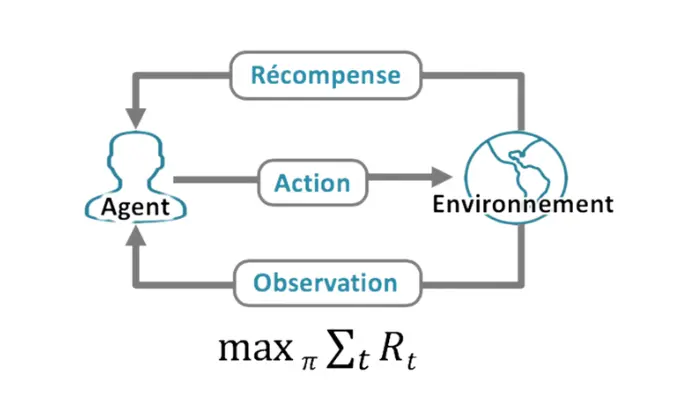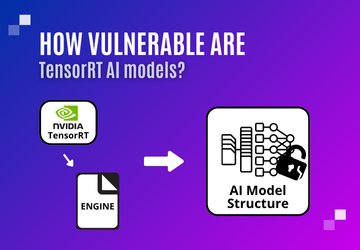AI Learning Types : Supervised, Unsupervised & Reinforcement
Artificial Intelligence (AI) and Machine Learning (ML) have transformed the way we interact with technology—powering features from voice assistants to medical diagnostics. At the heart of this transformation are three fundamental types of machine learning:
- Supervised
- Unsupervised
- Reinforcement Learning
Let’s break them down and explore how each works, their use cases, and the challenges they face.
Supervised Learning
Definition:
Supervised learning is a type of machine learning where the model is trained on labelled data, that includes both input variables and the correct output.
How it works:
The algorithm receives a dataset of example inputs with known outputs. It learns to map inputs to the correct outputs by minimizing the difference between its predictions and the true labels. Over time, it adjusts internal parameters to improve accuracy.
Goal:
To create a model that can generalize from training data and accurately predict outputs for new, unseen data.
Two main approaches:
- Regression: Predicts continuous values (e.g., house prices based on size and location).
- Classification: Predicts discrete labels (e.g., spam vs. non-spam emails).
Example: Fruit Recognition
We want to create an AI model that can identify fruit from images. The first step is to prepare a labelled dataset (e.g., apple, banana, orange). After cleaning and normalizing the data, we split it into a training set and a test set. Then we train the model (using algorithms like logistic regression, SVMs, or neural networks). It learns patterns such as shape and color to classify new fruit images correctly.
Once the model is trained, we can use it to predict the fruit class for new images.

Success factors:
- High-quality, representative data
- Proper feature selection
- Strong generalization and validation processes
Unsupervised Learning
Definition:
In unsupervised learning, the model is trained on unlabelled data. The algorithm must discover patterns, groupings, or structures on its own.
Goal:
To find hidden structures within the data—useful for tasks like clustering, dimensionality reduction, and anomaly detection.
Common use cases:
- Market segmentation
- Product recommendations
- Customer behavior analysis

By grouping or reducing the input dimension, these algorithms help to discover hidden structures, new perspectives, and make unexpected discoveries.
Popular algorithms:
- K-Means Clustering: Groups data points based on similarity.
- Hierarchical Clustering: Builds nested clusters based on a tree structure.
⚠️ However, it can be harder to evaluate and interpret than supervised learning. Selecting the right algorithm and parameters — such as the number of clusters or dimensions — requires care to ensure meaningful results.
Reinforcement Learning
Definition:
Reinforcement learning (RL) involves an agent that learns by interacting with an environment, receiving rewards or penalties for its actions.
Goal:
The agent learns from experience—seeking to maximize long-term rewards.
There are two types of value functions commonly used:
- State Value Function (V): Estimates the value of a specific state.
- Action Value Function (Q): Estimates the value of taking an action in a given state.

Example:
Training an AI to play a video game. It learns strategies by trial and error—scoring points (rewards) when it wins and losing points (penalties) when it fails.
Applications:
- Game-playing (e.g., AlphaGo, OpenAI’s Dota 2 agent)
- Robotics
- Supply chain optimization
- Financial trading
Challenges:
- Exploration vs. Exploitation: The agent must balance trying new actions (exploration) and using what it knows (exploitation).
- Scarce Rewards: When feedback is infrequent, learning slows down.
-
Long-term planning: The agent must reason about delayed consequences of actions.
Conclusion
Each type of machine learning serves a unique purpose and comes with its own strengths and challenges. Whether you’re classifying fruit images, segmenting users, or building intelligent game agents, understanding these core ML paradigms helps you choose the right approach for your problem.
At Skyld, we help ensure that the models you build—regardless of the learning type—are secure, efficient, and protected when deployed on edge devices.





